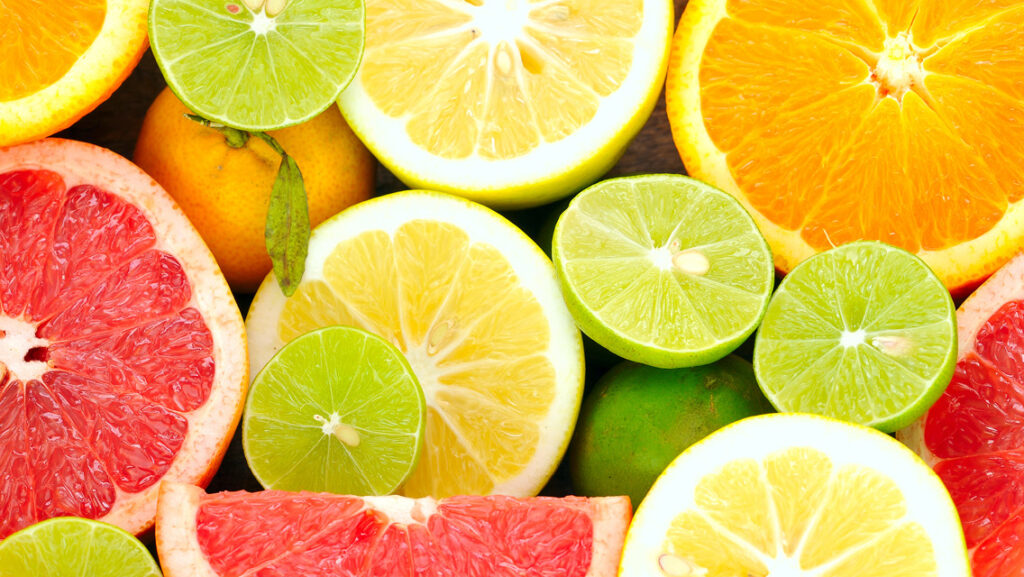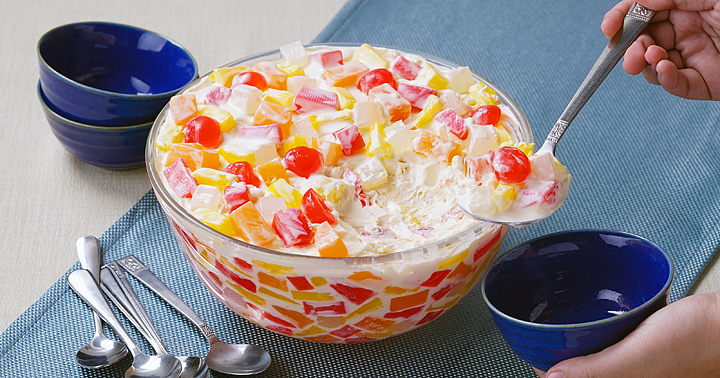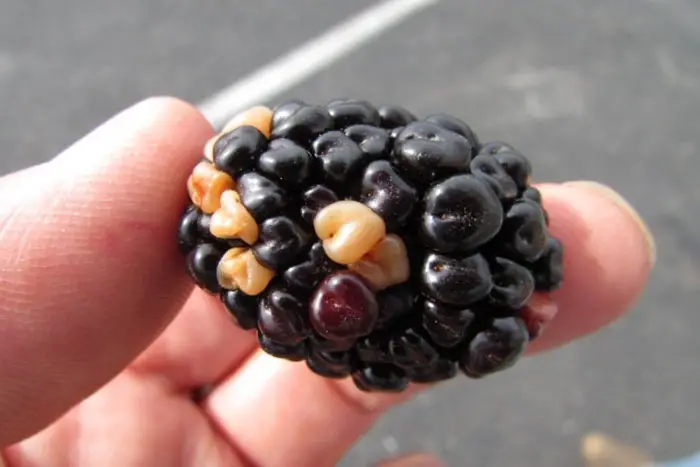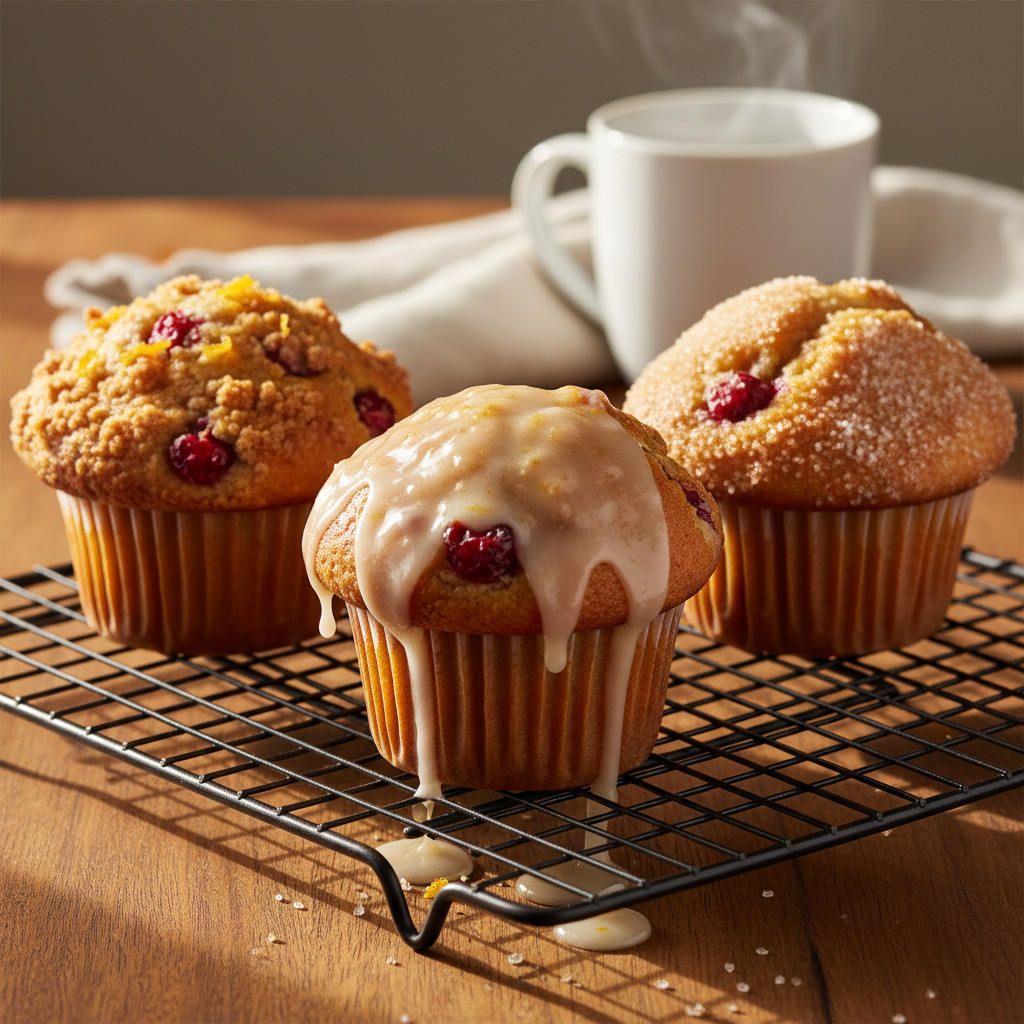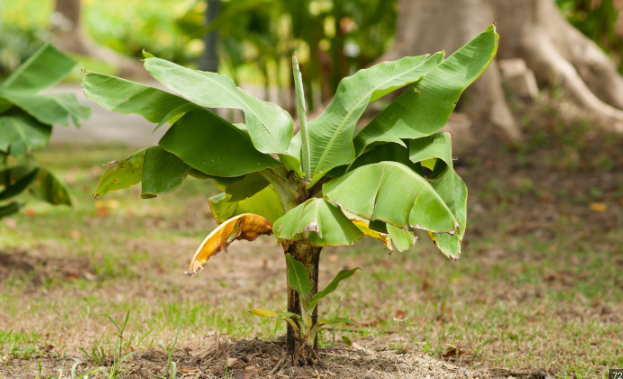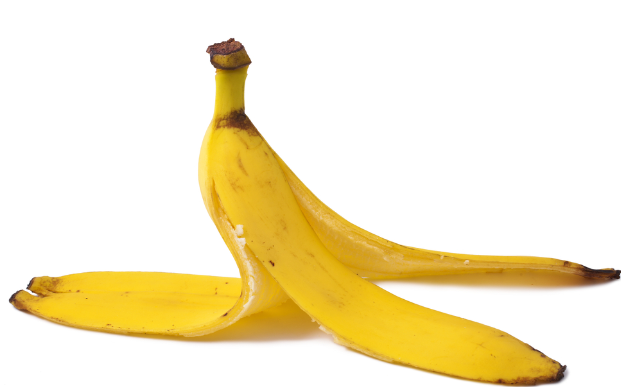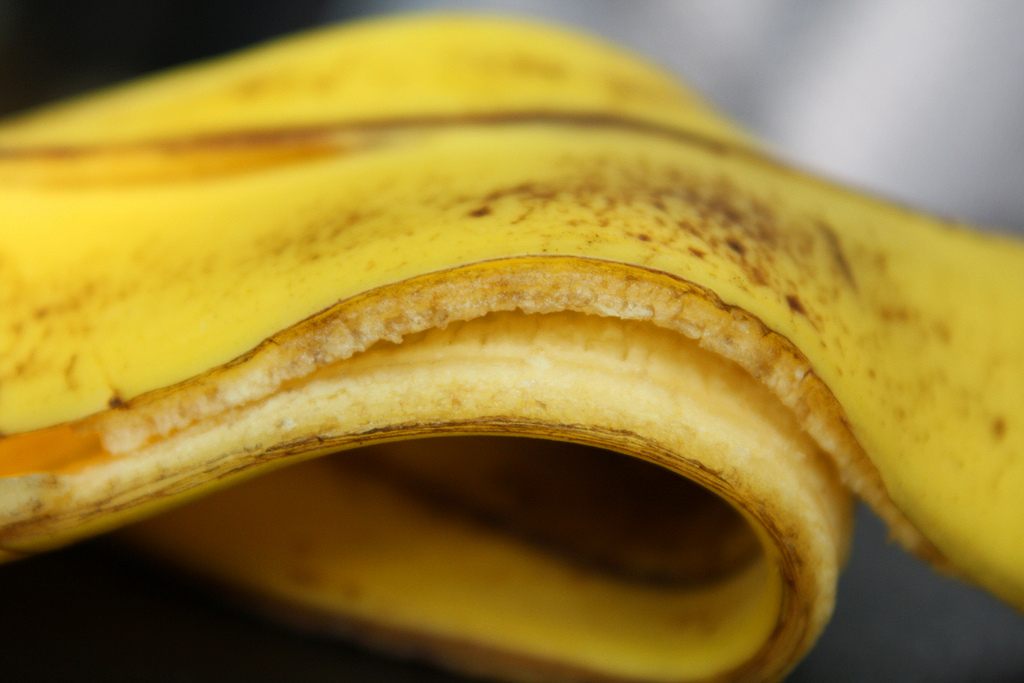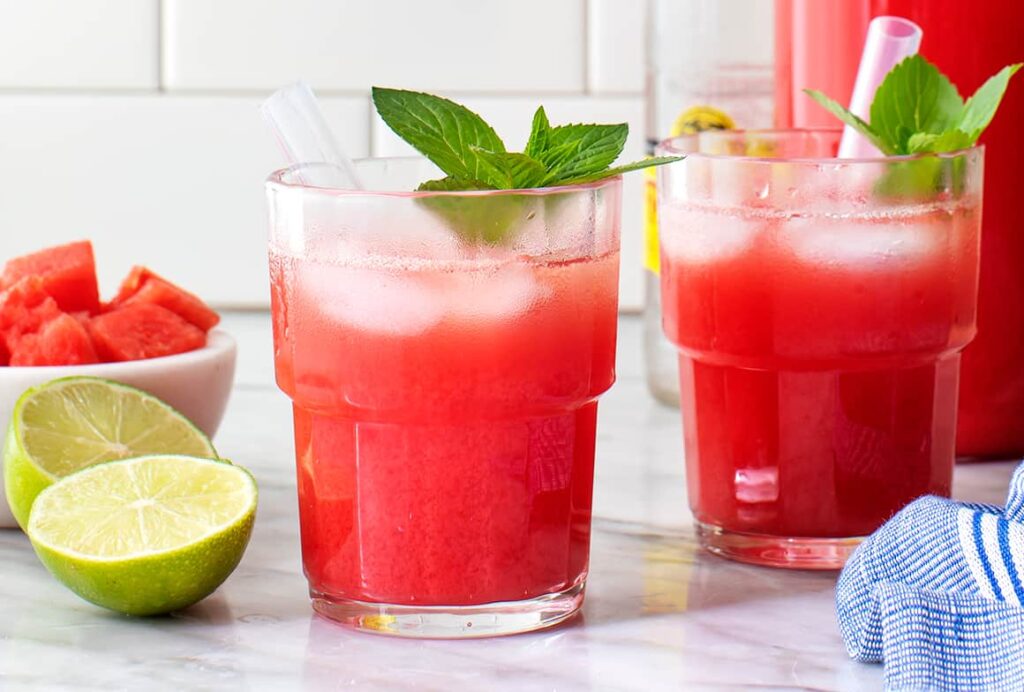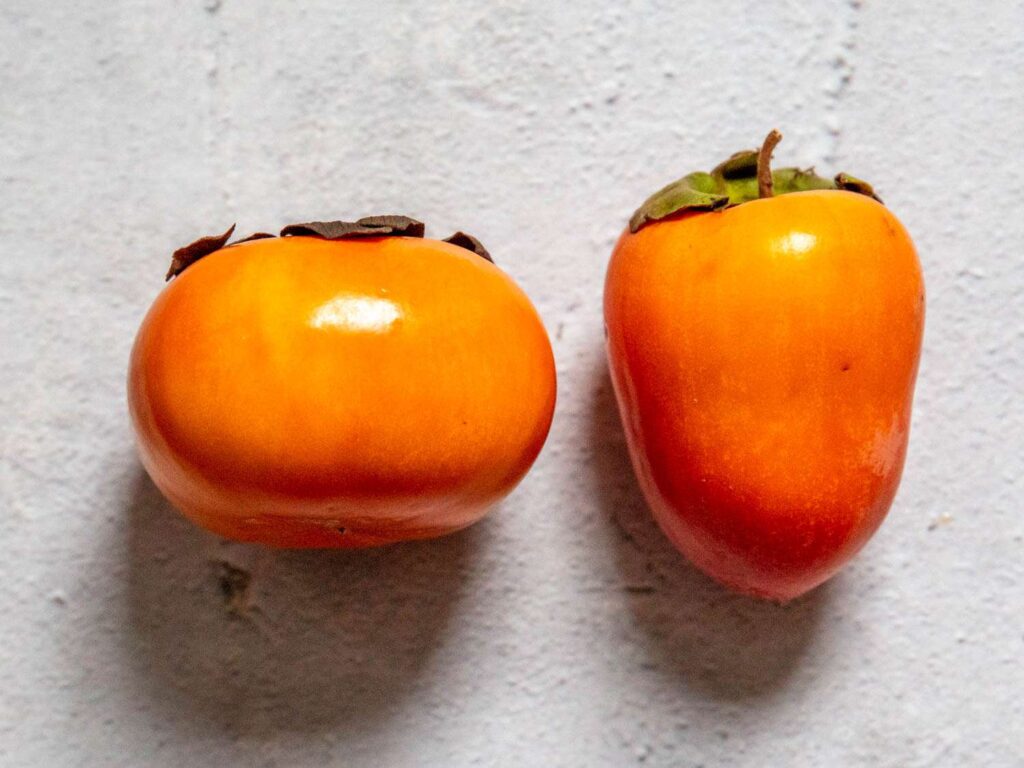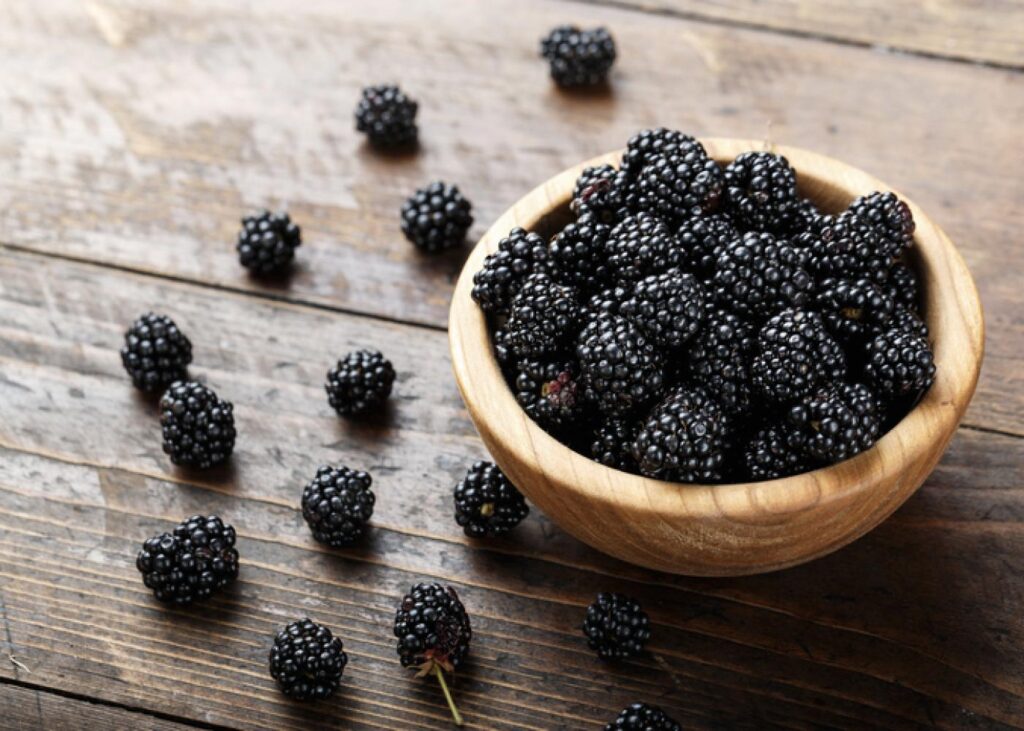If you’re into natural skincare, you’re likely aware of many options you can choose from. Among these are mango butter and shea butter, both of which are quite popular.
These plant-derived butters are well-liked for the benefits they bring to your skin. Keep reading to learn how mango butter differs from shea butter, which could help you decide which one is better for your skincare routine.
Table of Contents
- What is Mango Butter?
- What is Shea Butter?
- Composition
- Extraction Process
- Physical Properties
- Benefits
- Comparison
- 1. Texture and Consistency
- 2. Nutrient Content
- 3. Absorption and Moisturizing
- Best Uses
- Skin Types
- Side Effects
- Conclusion
- FAQs
- Can mango butter or shea butter clog pores?
- Is mango butter suitable for oily skin?
- Can shea butter be used on the face?
- Are there any alternatives to mango butter and shea butter?
- Can mango butter or shea butter be used during pregnancy?
What is Mango Butter?
Mango butter comes from mango fruit seeds. It feels like rich cream and stays solid until it warms up to your skin temperature. This butter is loaded with fatty acids like oleic and stearic acids, which help keep your skin moist.
What is Shea Butter?
Shea butter comes from the nuts of the shea tree found in West Africa. It’s creamy, stays solid until warmed, and is famous for its moisturizing abilities. Shea butter is full of vitamins A, E, and F along with essential fatty acids, too.
Composition
What makes mango butter special is its mix of triglycerides, which helps your skin stay elastic and moist. It also has components like phytosterols and triterpenes, which can reduce inflammation.
Shea butter is packed with fatty acids and also cinnamic acid, which gives it the ability to protect your skin from the sun.
Extraction Process
People get mango butter by either cold-pressing or using chemicals to extract it from dried seeds of the mango. These seeds get cleaned, dried, and processed to create the butter.
To get shea butter, people crack open shea nuts, roast and grind them, and then knead them to bring out the oils. After boiling to clean out contaminants, the butter is left to harden.
Physical Properties
Mango butter feels light and silky, and it doesn’t leave your skin greasy. It soaks in easily and fast.
Shea butter is thicker and takes a bit more work to spread on your skin. It creates a barrier that keeps the moisture locked in for a long time.
Benefits
Mango butter and shea butter are both excellent for the skin. Mango butter deeply hydrates, calms down sensitive skin, and can help reduce wrinkles and skin problems like eczema and dermatitis.
Shea butter gives deep moisture and can make skin soft and supple, improve how flexible your skin is, and help with signs of aging. It’s also great for treating dryness, psoriasis, and stretch marks.
Comparison
Let’s dig into more details comparing mango and shea butter in how they feel and nourish your skin and how well they moisturize.
1. Texture and Consistency
Mango butter is easier to apply and feels smoother. Shea butter is a bit thicker and takes more effort to rub in.
2. Nutrient Content
Full of essential fatty acids, mango butter is a good choice for keeping your skin healthy and hydrated. Shea butter has lots of vitamins and antioxidants that feed your skin.
3. Absorption and Moisturizing
Mango butter sinks in quickly and leaves your skin feeling soft without being oily. Shea butter creates a coating that helps keep moisture in your skin for longer.
Best Uses
Mango butter is excellent for everyday use, especially if you have dry skin. It’s good in all sorts of products, from lotions to lip balms and hair care.
Shea butter is ideal when you need richer hydration. It’s often in heavier moisturizers, like body butters, and can relieve dry spots like elbows and heels.
Skin Types
Mango butter works well for different skin types, such as dry, sensitive, or aging skin. It’s good at moisturizing and calming inflammation.
Shea butter is also fine for dry and sensitive skin, but its rich texture might not suit oily or acne-prone skin as well.
Side Effects
Mango butter and shea butter are usually safe, but sometimes people can be allergic to them. It’s a good idea to test a small patch of skin first. Nut allergy sufferers should be careful with shea butter since it comes from nuts.
Conclusion
Both mango and shea butter can be awesome for your skin. Mango butter is lighter and moisturizes deeply, while shea butter is good for locking in moisture for a longer time.
Knowing how these two butters are different can help you choose the right one for your skin’s needs.
Adding mango butter or shea butter to your skincare routine can really help your skin look and feel great. These ingredients can make your skin soft and give it the moisture it needs. When you pick between mango butter and shea odder, think about what your skin likes and what it needs to stay healthy.
